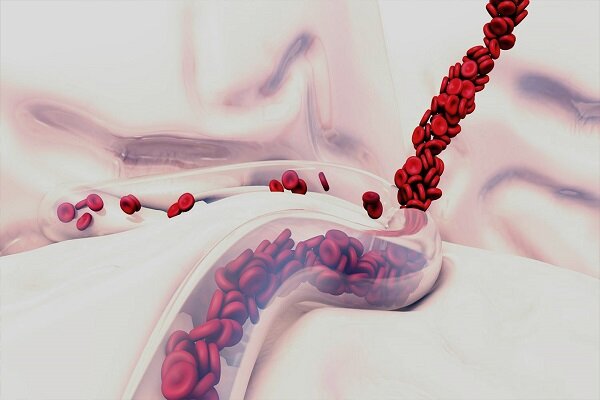
According to the news site Yasyad News, according to the American Society of Trauma Surgery, trauma is one of the main causes of death in the United States for people 45 years old and younger, and its cause is blood loss. Erin Lavik, a professor of chemical, biomedical and environmental engineering at the University of Maryland, Baltimore, is developing a nanoparticle-based therapy to help blood clot. “There is no effective treatment to prevent internal bleeding,” Lavick said at the ACS Fall 2023 meeting on Aug. 15. He and his students are working on a method that uses polyurethane nanoparticles with polyethylene glycol (PEG) side chains. Lavick had spent several years developing hemostatic nanoparticles made of a biodegradable polyester, polylactic-co-glycolic acid, with PEG.When tested on animals, these particles often elicited an immune response. Meanwhile, his lab was developing polyurethane nanocapsules to deliver drugs to the eyes of people with age-related macular degeneration, a leading cause of blindness. They found that the capsules closed the damaged blood vessels. With these results, they decided to use these structures for blood clotting by adding methoxy-PEG or carboxyl-PEG or both. The researchers found that the diameter of these particles should be between 250 and 350 nm, the smaller they are, the less coagulation they can cause.
And the bigger it is, they start to accumulate in the blood vessels. One question they don’t yet know enough to answer is whether these particles can cause excessive clotting, which can be fatal. Animal tests showed that these nanoparticles were successful in reducing bleeding without an immune response. Lavik says further tests show positive results that could lead to human trials.

